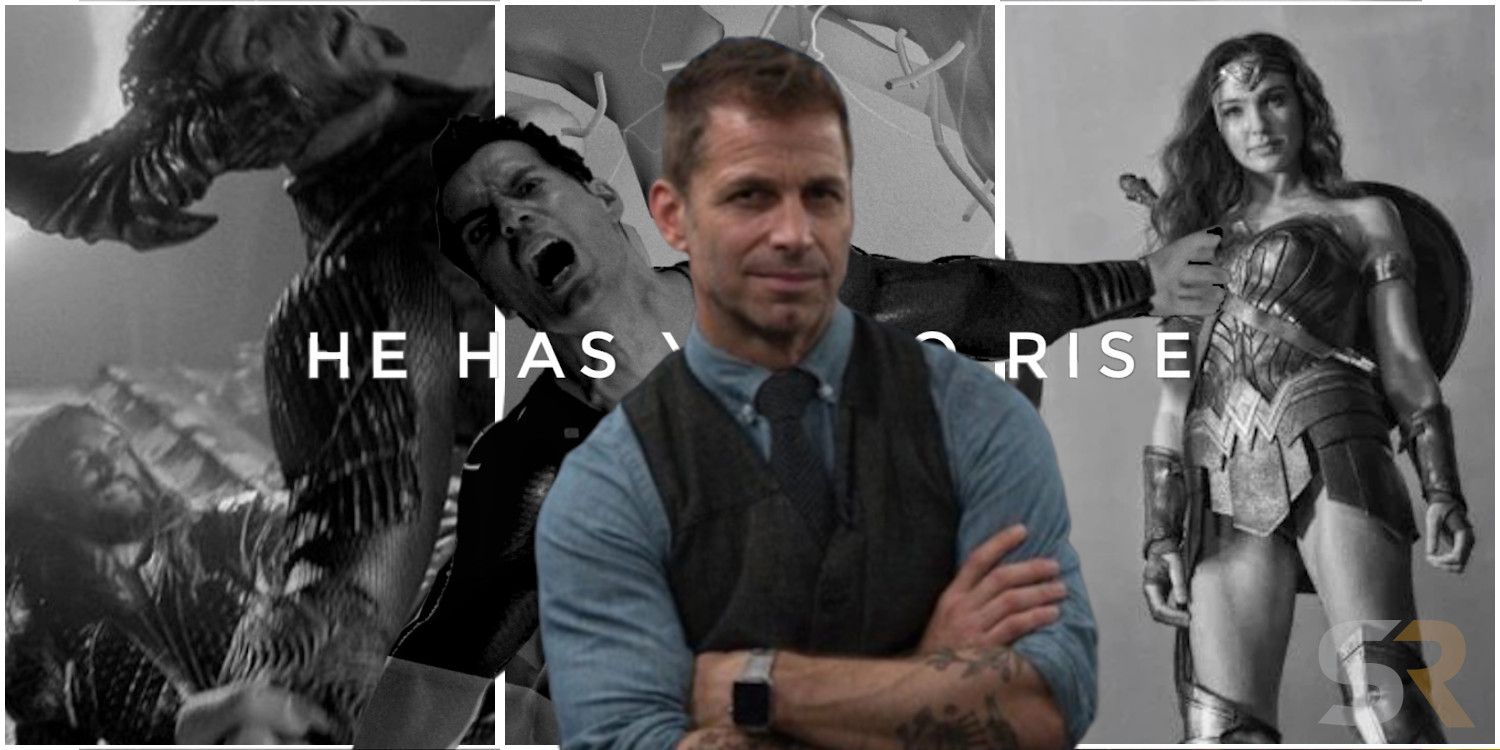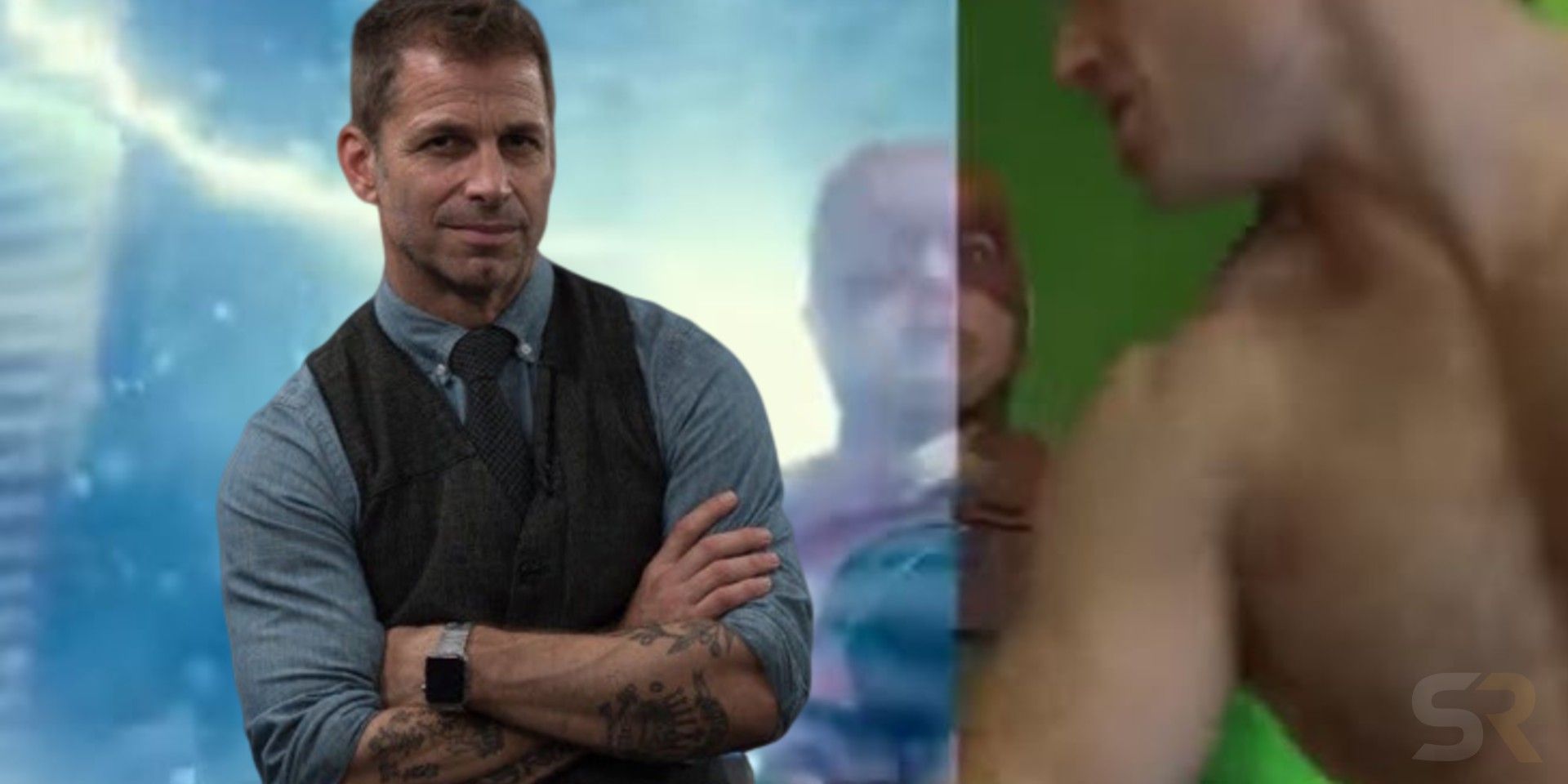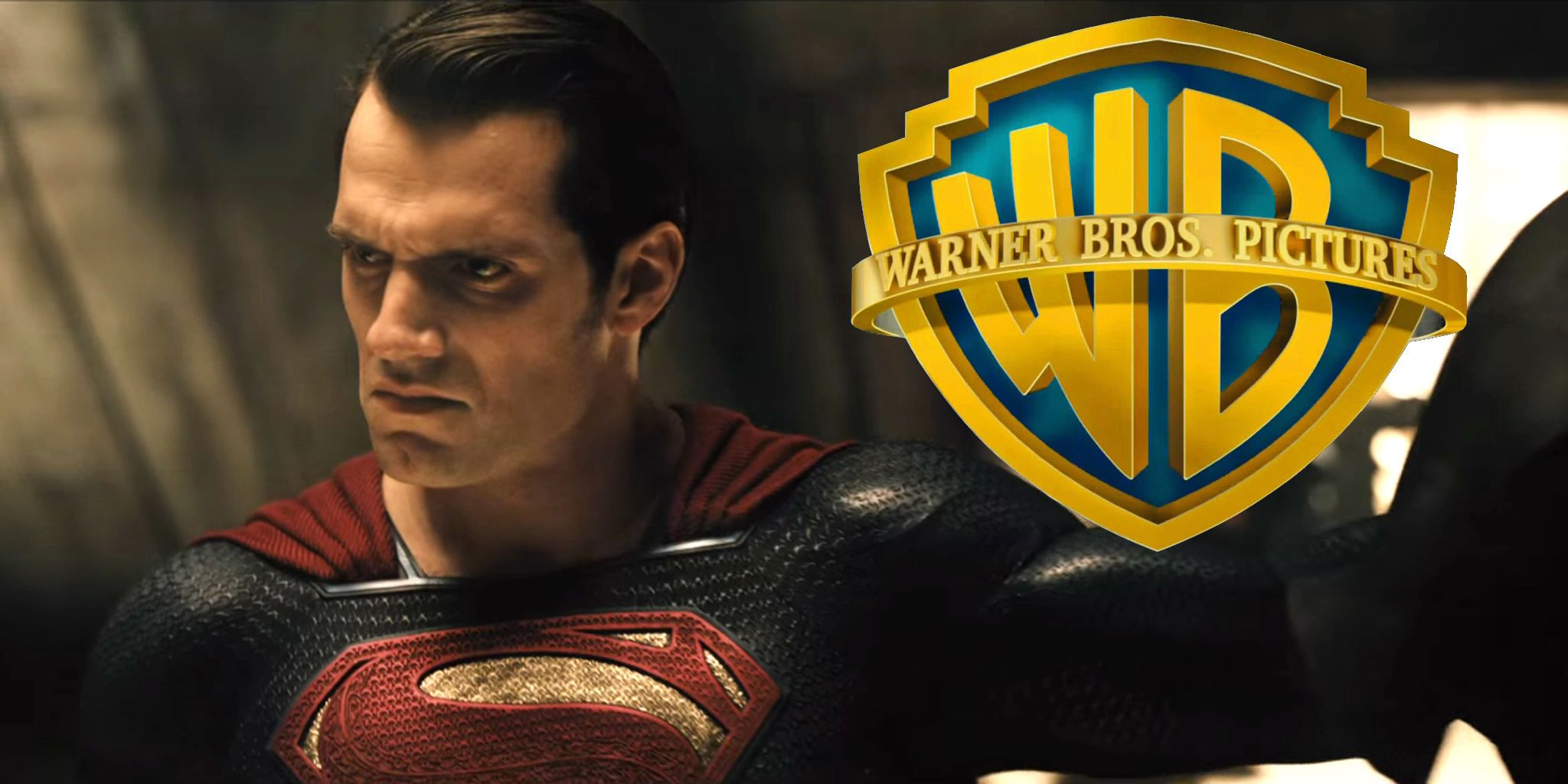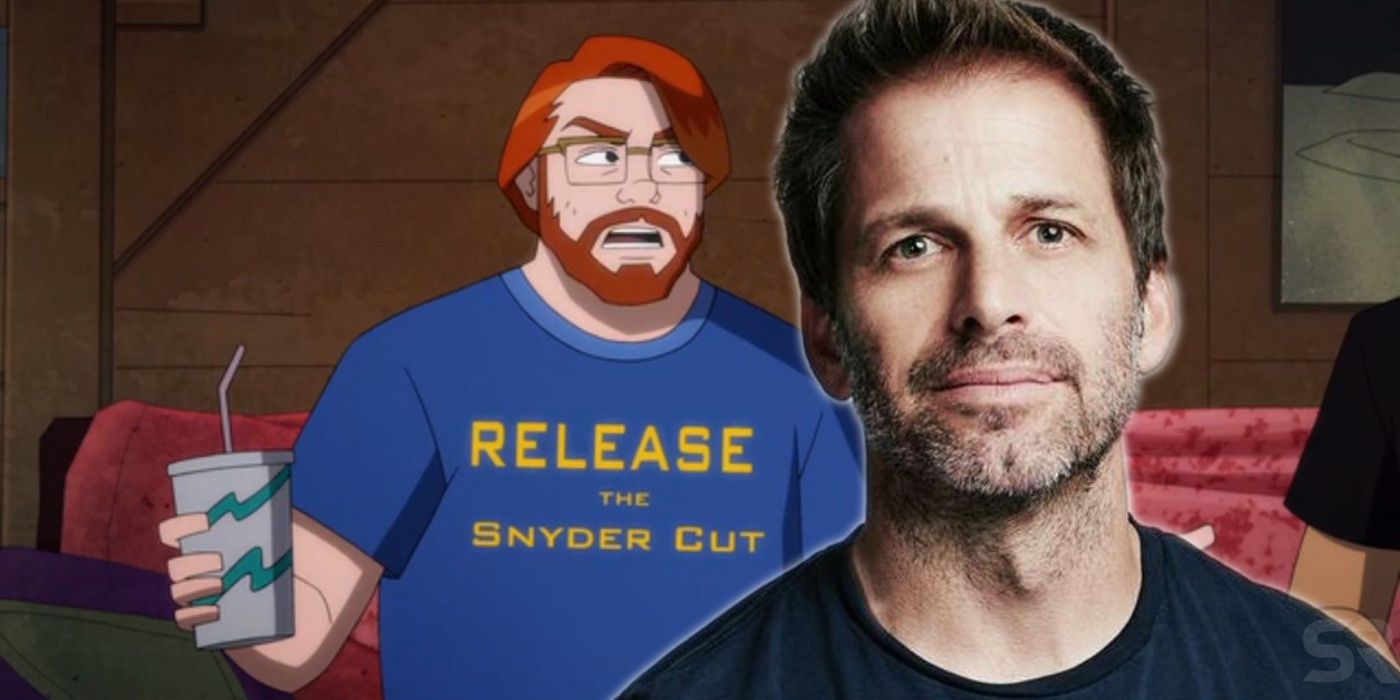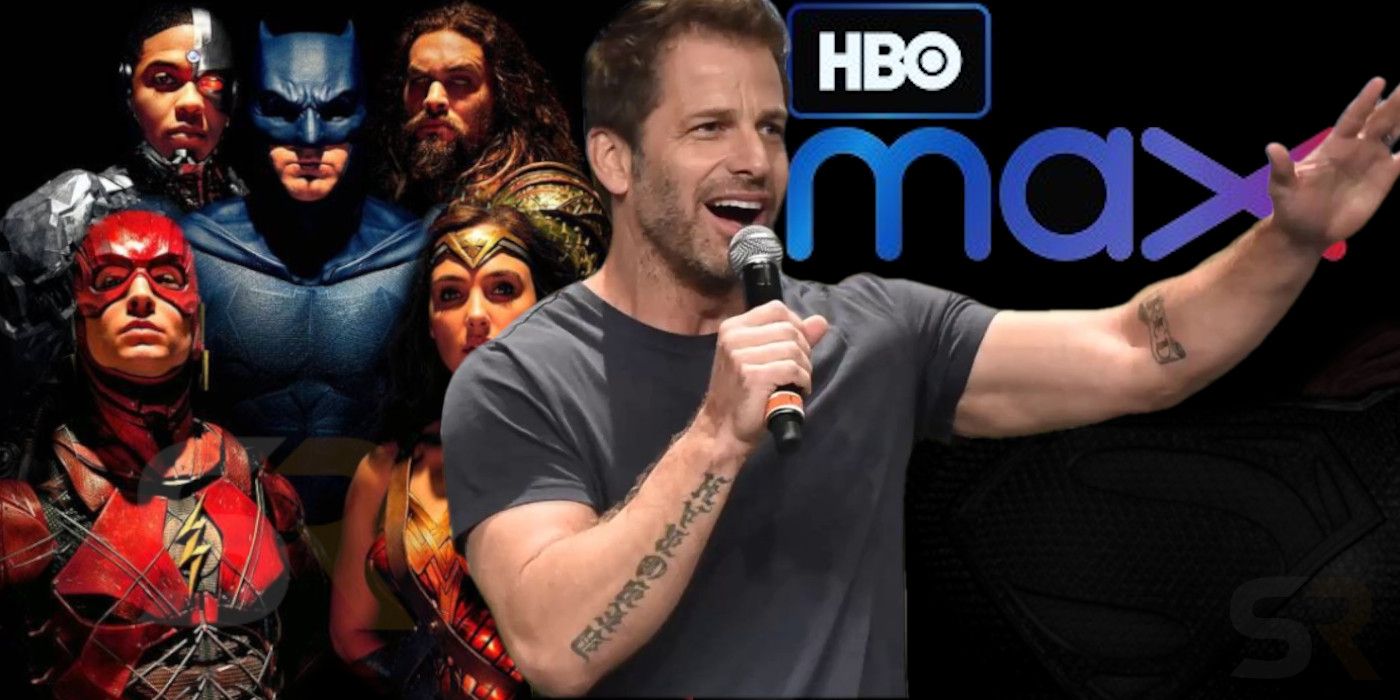Zack Snyder's Justice League, AKA the Snyder Cut, is finally coming to HBO Max, and it turns out almost everyone was wrong about it all along. After the theatrical release of Justice League, when fans started campaigning for the Snyder Cut, the narrative quickly developed that it didn't exist and would never be released. We know better now that it's officially arriving in 2021, but how were so many people so wrong for so long?
It wasn't just the reporting, although that was a problem, but general audience perceptions and many fan narratives were wildly out of sync with reality. Yet, despite ample coverage of the topic and frequent debates across social media and elsewhere, the narrative didn't really seem to shift much until Snyder himself finally cleared up the matter; however, even then it wasn't a done deal, as many people clung to the extreme narrative that it either didn't exist or was virtually 100% complete, and neither side let up until the moment of the Snyder Cut's long-anticipated announcement.
While there's no simple answer for why there was so little agreement on the status and potential release of the Snyder Cut, it's only fitting that, like Snyder's movies, it was an endless source of debate with neither side gaining much territory. Even so, there are a few reasons why so many people were so wrong about what was going on with the Snyder Cut.
The State of the Snyder Cut Was Always Clear
Over the course of two-and-a-half years, the myth of the Snyder Cut got crazier and crazier, and nobody could agree on whether or not it existed or would ever get released, and most people were also totally wrong. Most coverage from journalists, bloggers, YouTubers, and other content creators tended to assume it didn't exist and it wouldn't be released, and everyone else seemed to mostly split down fandom lines.
The crazy thing is, the state of the Snyder Cut was always clear. In January of 2018, just two months after Justice League's theatrical release, we compiled a timeline of Snyder's involvement in production, proving that the Snyder Cut was more complete than many people thought, leaving some work to complete, but it was a totally achievable prospect. In the following months, and years, almost all additional information to come to light about production remained consistent with those facts.
Even crazier, the movie's cast and crew were always vocal about how far along it was. Storyboard artist Jay Oliva said Snyder had a director's cut, the VFX supervisors said a significant portion of the visual effects were completed, Tom Holkenborg, AKA Junkie XL said his score was completed, Jason Momoa and others said they'd even seen it, and Zack Snyder himself said he had a cut on multiple occasions.
At the same time, it was clear it wasn't close to 100% complete as many fans believed. Again, the cast and crew specified there was some work to do, Snyder was honest that there was still VFX work to do, even saying he wanted to shoot more scenes to include Martian Manhunter and more. So how could so many people be so wrong, in both directions, when the information was all readily available, and often directly stated by those involved in the movie?
There Was a Lot of Misinformation About the Snyder Cut
One of the biggest reasons is misinformation. This affected most reporting about Justice League. It started as early as the announcement that Snyder was leaving production. In the initial reports, it was stated that Snyder was the one to bring in Joss Whedon and that the rest of post-production would still adhere to Snyder's vision and more, and even though it quickly became evident that wasn't the case.
Once demand for the Snyder Cut began to pick up, there was regular news from journalists or other industry professionals claiming their sources told them the Snyder Cut didn't exist, that it was a "pipe dream" to think it would ever be released, and numerous other claims that, in retrospect, were also clearly misleading. The problem here, as with the statements after Snyder's departure, is that most of it was the result of damage control and PR attempting to shape the narrative so Warner Bros. could save face after their massive blunder.
Right before Comic-Con 2018, a Wall Street Journal article interviewed a number of Snyder Cut advocates, including Snyder's collaborator and storyboard artist, Jay Oliva. The article ultimately came out with a very negative slant, painting fans in a bad light and citing an unnamed WB executive claiming the Snyder Cut didn't exist, much to the chagrin of Oliva, who says his hour-long interview was left out of the report entirely. According to Forbes, there was actually a "sustained campaign to convince everyone that no Snyder Cut exists, with some people intentionally spreading false information to mislead the press and public." This was even true for industry professionals, including people working on live-action DC projects like Marc Guggenheim, who said "so many people I respect told me this didn’t exist."
In the fan community, misinformation spread even more rapidly as lack of industry experience, wishful thinking, and a (deserved) distrust of the press due to their participation in spreading misinformation about the cut not existing. Also, the nature of the hunt for the Snyder Cut gained a mythic nature in fandom, at times resembling Ready Player One and the hunt for Easter eggs as fans hunted down concept art and dissected the theatrical cut for clues to climb the leader board, occasionally getting a boost from Zack Snyder dropping hints on his Vero social media account.
While this behavior uncovered a lot of useful details about the cut, it also stoked rampant rumor-mongering and some fans began to judge information on how it matched their pre-determined narrative, with anything not matching the rosiest of outlooks being deemed as false, or even "anti-Snyder," even if it was supported by statements from the cast and crew, or even Snyder himself. Due to the controversy created by Snyder's movies, those who didn't appreciate his decisions and didn't want to see the Snyder Cut would more readily accept the narrative that it didn't exist, leading to a constant back-and-forth.
Bias For and Against Snyder Played a Role
The Snyder cut basically turned into a partisan issue full of confirmation bias. Those that liked Snyder and his work chose to believe the information that said the Snyder Cut existed (sometimes ignoring evidence that tempered the degree to which it was complete), and those that didn't like Snyder's movies chose to cite the numerous reports saying it didn't exist, ignoring the abundance of evidence contradicting those claims.
Making this behavior even odder is the fact that it wasn't difficult to cross-reference claims made by the studio with members of the production. Many members of the cast and crew were happy to discuss as much as they could without violating NDAs whenever Screen Rant reached out, so for any publication to simply take the word of a Warner Bros. source at face value without cross-referencing with members close to production was consistently getting a wrong or incomplete story.
For the fans, it was the opposite issue. Any time there was a new shot from the movie that appeared to have completed VFX, some would hold it up as proof that VFX were complete, when it really only proves the VFX in that particular shot were complete. This perspective also totally overlooked the fact that many of the shots shared by Snyder quite obviously lacked finished VFX, such as the shot of Aquaman stabbing Steppenwolf, in which, while the shot is in black and white, it's clear the backdrop is a green screen and the light is an FX light intended to simulate a boom tube. Snyder even noted incomplete VFX in these images several times, whether it was telling fans the background in a shot was a temp effect, or confirming the shot of Wonder Woman cutting off Steppenwolf's head was never finished.
HBO Max Changed Everything, But Nobody Realized
One of the biggest roadblocks to people properly understanding the circumstances with the Snyder Cut was due to the new realities created by the streaming market and the content wars. Streaming platform revenue is easily beginning to surpass theatrical revenue, but in order to compete, streaming platforms need original content. Due to this high demand for original content, many longheld assumptions about content are no longer true. The clearest example of this is Netflix paying Adam Sandler hundreds of millions of dollars to produce original movies for the streaming platform. No slight to Sandler, he's had a very successful career, but his style is not one of broad appeal. Many people scoffed at this deal initially, but Sandler's movies are some of the most popular on Netflix, even with poor reviews.
When it comes to streaming content, studios can afford to target audience subsets better than they could with wide theatrical releases, and ultimately reviews don't matter and there's no box office performance to judge. When it comes to Snyder's films, this is the perfect scenario, as it de-fangs two of the biggest criticisms against his prior DCEU films.
Prior to the November 17th, 2019 Twitter trending event that made #ReleaseTheSnyderCut the top topic on the platform, Screen Rant detailed how an HBO Max release justified the expense of finishing the film, including the notion of an episodic release in our piece "Justice League: Why HBO Max is Perfect For Releasing the Snyder Cut." Now that the Snyder Cut has been announced, we can see that this report is extremely consistent with the new information about Zack Snyder's Justice League landing on HBO Max and possibly becoming a streaming series. The accuracy of this information six months before the official announcement demonstrates the Snyder Cut announcement didn't come out of the blue, and there was a reason it was so widely anticipated before release. And once again, this analysis all continues to remain consistent with our original investigation into the state of the cut from January 2018, proving the information was always readily available for anyone willing to look for it.
At the end of the day, the drama and misinformation surrounding the Snyder Cut only led to it gaining an even more mythic status. Fans convinced of its existence and potential to be released despite the insistence otherwise by the studio and many in the press only resulted in it becoming an even bigger deal, likely making it even more attractive to HBO Max, who will now benefit of all the free publicity due to the dramatic and controversial nature of the conversations surrounding the Snyder Cut.

